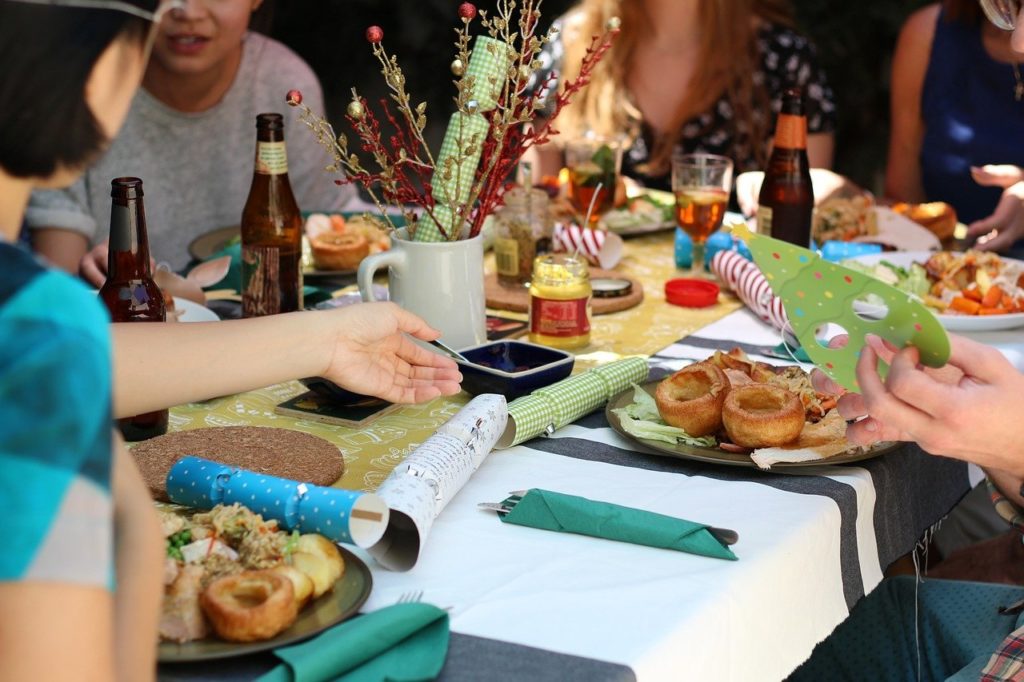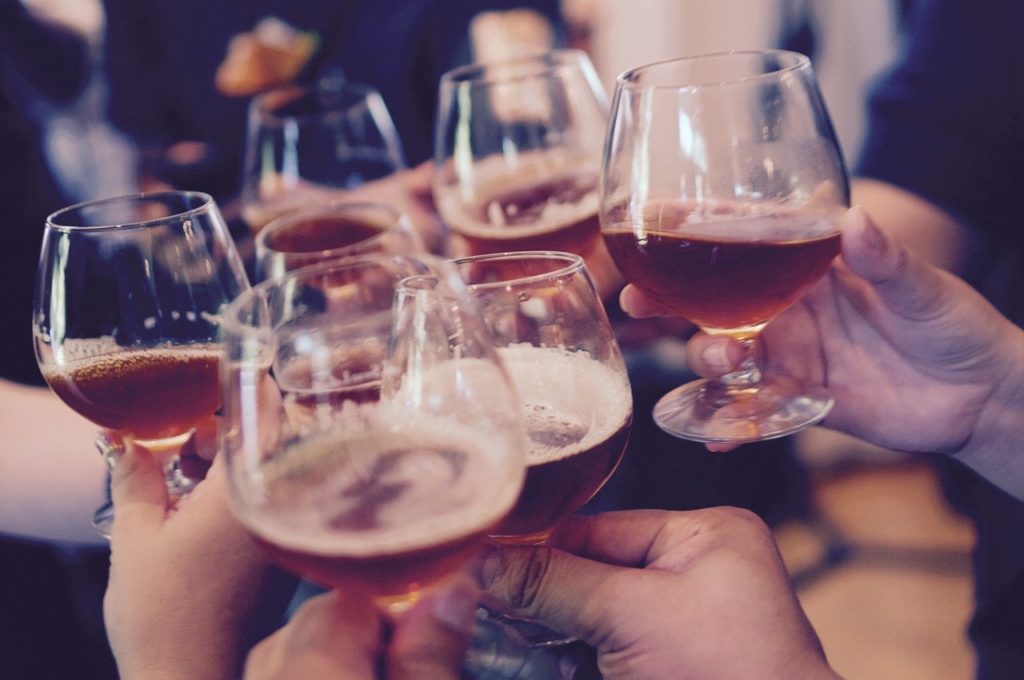How to pick a dinner party wine

Dinner parties and wine go hand in hand. When I review questions I’m asked regularly from readers of Vinspiration, but also from friends and family, “what wine should I bring to a dinner party?” is one of the most common. Most people think there’s a homogeneous catch-all wine that will surely impress, but like everything with wine, the real answer is far more nuanced.
While you can try and impress with a flashy French swirly label sporting the word ‘Bordeaux’, if your host knows their wine, this will be like bringing a Jaffa Cake to Mary Berry’s house and calling it the best cake (or biscuit) in the world.
Step 1: Ask first
This is the first step, because it’s the most important. You must ask whether it’s okay for you to bring wines to enjoy with the meal. Always check with the host if it’s okay to bring a bottle or two to share on the table. Unsurprisingly, your host will likely get offended if they’ve gone all out buying a case of Champagne and their own well-thought-out wine pairings, only for you to turn up with wines that you intend to pair.
Be polite and send the host a message – it will be easier if you’re close friends to be straight and ask, “would you like me to bring a bottle we can enjoy with dinner?”
If you’ve been asked to provide wine pairings – head straight to Step 2.
If you’re just bringing wines as a gift to the dinner party – skip ahead to Step 3.
Step 2: Find out what's on the menu
This is invariably the single best indicator of the type of wine you should be bringing to a dinner party. There’s no shame in asking your host what’s on the menu. Moreover, they will be impressed that your wine will be dependent (somewhat) on the meal. There’s no use turning up to a steak night with a bottle of Vinho Verde. Or similarly, bringing a very high alcohol red wine to a curry night.
Find out what’s on the menu and then pair from there. We’ve already got some great blogs on food and wine pairings here. But I’ve put together some very basic tips on food and wine pairings below to guide you.
- Pair by weight. Try and consider how heavy or light the meal is and pick a wine that matches. For example, a gorgeous Tomahawk streak is a rich meal and should be paired with a full-bodied wine, such as a Californian Cabernet Sauvignon.
- What grows together goes together. A well-known phrase in the wine world and one that I use regularly as a guiding pairing principle. If you’re having Italian food, it’s always a good bet to bring an Italian wine. The theory being that over the centuries local farmers and local winemakers would work together. Developing holistically together.
- For desserts the wine should be as sweet as the food. Ever get to dessert with half a glass of Pinot Noir left in your glass and decide to drink it with your dessert? The wine suddenly tastes bitter, tannic and flabby. That’s because the sweetness is overwhelming the red wine’s flavour. In general, if you are pairing for a dessert, go with some tried and tested classics, such as Sauternes.
Step 3: Find out more about your host
Like any gift, research is the key to success!
When thinking about a wine pairing, it needs to go beyond flashy labels. Unless, of course, your host is the type of person who is impressed by lavish spending – in which case, head over to Berry Bros and Rudd and get yourself a bottle of Château Pétrus. However, if you don’t have a cool £10,000 to drop, then we can dive a little deeper.
Try to think dynamically about your host – for example, having recently gone to a dinner party for a South African friend who was homesick and unable to travel due to the pandemic. I bought two wines; a Chenin Blanc from Swartland and a Bordeaux-blend from Stellenbosch. Both reminiscent of home and good times he spent with his family travelling to vineyards all over the country.
Similarly, think about someone’s interests – a Japanophile might appreciate a hard-to-come by Honshu-based wine from the Yamanashi Prefecture – a region that’s beginning to come into it’s own.
Step 4: Set your budget
Who doesn’t love taking about money? But seriously, make sure you aren’t spending too much that it will break your bank. If opulence is the game, then by all means, get out your credit card and play. However, it can actually be embarrassing for your host if you bring something really lavish if you’re just getting a local takeaway.
As a rule of thumb, when bringing a wine to a dinner party, you should aim to spend between £15-£35 on the bottle of wine. That will account for some of the higher end, semi-premium wines. As well as a chance to bring an outstanding version of what would often be a cheaper wine (ie, New Zealand Sauvignon Blanc).
Step 5: Actually enjoy yourself!
It’s so easy to get wrapped in social perceptions about bringing the ‘perfect’ wine and to put a substantial amount of pressure on yourself. At the end of the day, people just want to drink and enjoy themselves with friends and family. When people say “it’s the gesture that counts”… they mean it.

